Home / Information & advice / Topsoil & compost / Improving your soil / Soil structure
Soil structure is the arrangement of soil particles (sand, silt, clay and organic matter) into granules, crumbs or blocks. It is the shape that the soil takes based on its physical, chemical and biological properties. Soil structure is often confused with soil texture, both of which affect the soil’s drainage and aeration capabilities.
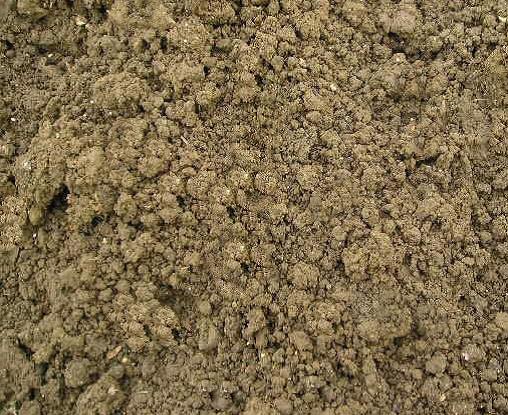
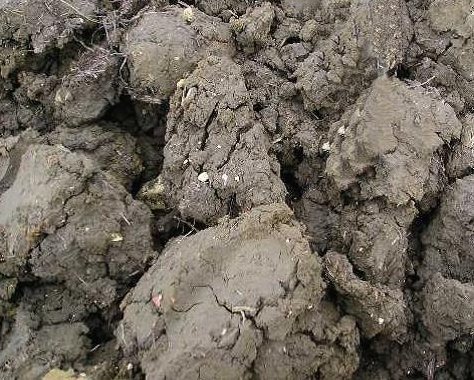
Well-structured soils, as in the first image shown, are usually crumbly and friable and have plenty of pore space to allow water and air movement and healthy root development.
The second image shown shows a poorly structured, cloddy soil, which will be difficult to work with. This soil needs significant improvement to make it suitable for planting.
To perform effectively as a growing medium soils need an open structure through the soil profile. A good soil structure is important to allow air and water into the soil which are vital for healthy plant growth. It will improve drainage and reduce soil erosion caused by excess surface run-off.
Without structure, soils will suffer from anaerobism, waterlogging and nutrient lock-up and, ultimately, plants will die!
Soil structure can be examined quite easily by visual inspection. Dig a hole approximately 30-40cm deep, making sure there are no spade marks along one side. Examine the unmarked side of the hole, inserting a knife or pen at approx 1cm intervals vertically to identify compacted zones where there is greater resistance.
Looking at root development and for evidence of worm activity will also give an indication of how well-structured your soil is. Shallow, restricted rooting and lack of earthworm activity indicate a problem with the soil structure which needs to addressed.
Click the link to find out more about improving your soil.
Further lawn care advice can be found in our Information Centre. You can also sign up for lawn tips to receive regular lawn care advice, news and promotional offers by email which will help you get the best from your lawn.
For more techniques to help you maintain a healthy lawn, explore our other lawn aftercare advice.
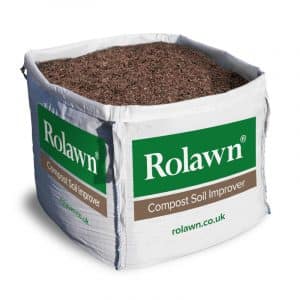
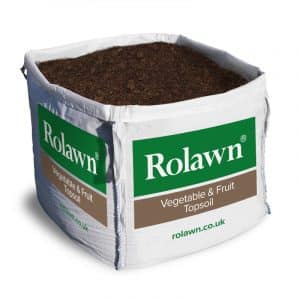
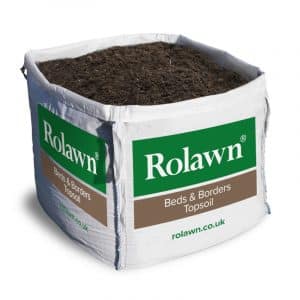
You can also sign up to our newsletter to receive free seasonal lawn care advice and reminders of essential maintenance, as well as general horticultural advice and special offers from Rolawn.